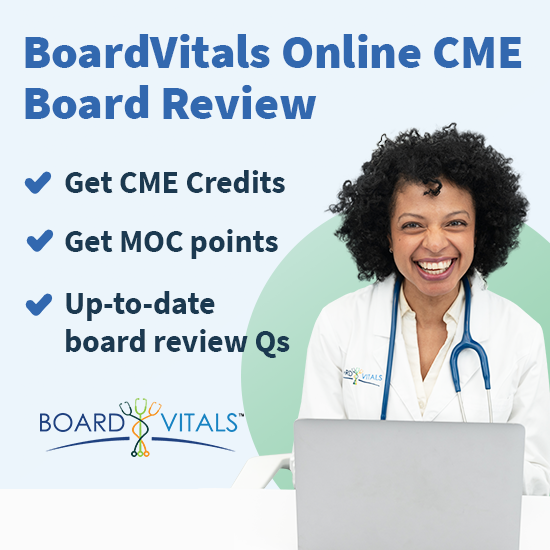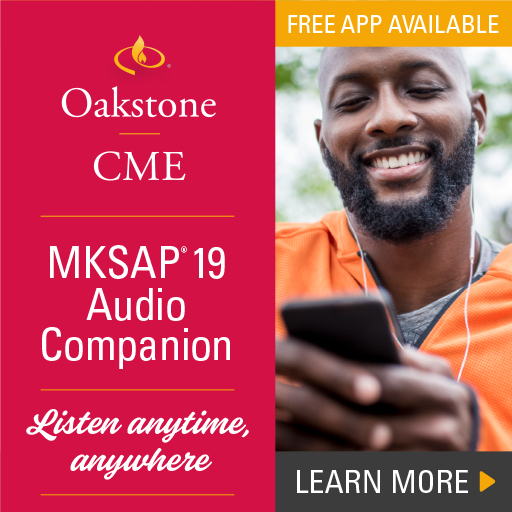
In addition to earning at least 250 AMA PRA Category 1 CreditsTM every 10 years with Anesthesiology CME courses, American Board of Anesthesiology (ABA) Certified anesthesiologists traditionally have had to pass a 200 question MOCA exam that covers key Anesthesiology topics every 10 years. Recently, the ABA has revamped their Maintenance of Certification process by introducing, MOCA 2.0, a new and more effective process for Anesthesiologists to maintain their board certification.
What is MOCA 2.0TM?
MOCA 2.0TM is a new recertification process that was introduced in 2016 by the ABA to deliver a “more relevant and personalized approach to helping diplomates assess their knowledge and address knowledge gaps”.
This new process was put into motion because of advances in technology, the ABA’s desire to incorporate adult learning theory, updates to the American Board of Medical Specialty Standards, and diplomate feedback.
The ABA hopes that the web-based MOCA 2.0 process will act as a lifelong learning platform that supports personalized knowledge acquisition and will effectively assess Anesthesiologists’ proficiencies. Ideally, by participating in this revamped process certified Anesthesiologists will deliver better patient care to their patients.
What are the main differences between traditional MOCA and MOCA 2.0?
While part 1 of the MOC process (professional standing) remains the same between MOCA and MOCA 2.0, there are significant differences in part 2, part 3, and part 4 of the process.
Part 2: Lifelong Learning and Self Assessment
Both the traditional MOCA and MOCA 2.0 requires Anesthesiologists to earn 250 AMA PRA Category 1 CreditsTM every 10 years, but participants in MOCA 2.0 are not required to earn Self Assessment CMEs. Under the traditional MOCA, 20 of the 250 credits were required to be Self Assessment CME credits.
Part 3: Assessment of Knowledge, Judgment, and Skills
The biggest difference between MOCA and MOCA 2.0 is in part 3 of the MOC process. As previously mentioned, participants in traditional MOCA are required to pass a 200 question MOCA exam every 10 years. The exam is set in a traditional physical setting and assesses Anesthesiologist’s knowledge in the most relevant and up to date Anesthesiology topics.
In MOCA 2.0, the traditional exam is replaced by the MOCA MinuteTM. Under the MOCA Minute, ABA diplomates must answer 30 Anesthesiology questions online every calendar quarter. The questions cover a variety of Anesthesiology topics Anesthesiologists are given 1 minute to answer each question. The main topics covered are:
- General Anesthesia
- New Knowledge Areas (topics diplomates must learn quickly)
- Subspecialty Related Questions
The percentage of questions you see on these topics will be dependant on how you fill out your practice profile.
After completing the questions, participants must report the confidence level about their answers and have the option to report how relevant the questions were to their practice.
The MOCA 2.0 was designed as a better option to consistently test Anesthesiologists’ knowledge and make sure they are up to date with major topics in their field.
The ABA does not have specific recommendations on study materials for the traditional MOCA exam or MOCA 2.0 these two up to date Anesthesiology CME courses are regarded as great sources for prepping for these assessments and earning CME credits:
- BoardVitals Anesthesiology Online CME + MOC Self-Assessment Activity with Bonus $2,500 Amazon Gift Card or Visa Prepaid Card
- Audio Digest Clinical Compendium: Anesthesiology
Part 4: Quality Improvement
Under traditional MOCA, diplomates must demonstrate improvement in medical practice by attestation, participation in a simulation at an ASA endorsed simulation center and completing a case evaluation.
Part 4 of the MOCA 2.0 process differs in that diplomates have more of a variety of options they can complete demonstrating improvement in medical practice. Unlike traditional MOCA, the MOCA 2.0 does not require participants to participate in a simulation, although it is highly encouraged. Each activity you participate in is worth a certain number of points based on the time and effort it requires to complete. To successfully complete part 4 of the MOCA 2.0, you must earn 25 points every 5 years and 50 points every 10 years.
Who is eligible for MOCA 2.0?
Any diplomate who has a current certificate in Anesthesiology or Anesthesiology subspecialties can apply to participate in MOCA 2.0. If you had a certificate that expired in 2016 and is in the grace period, you should register for MOCA 2.0.






